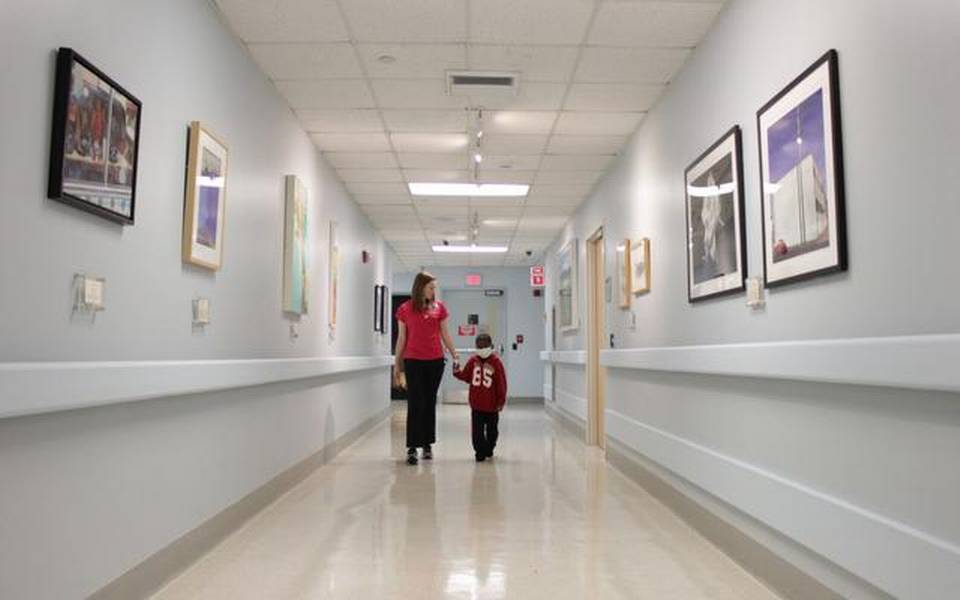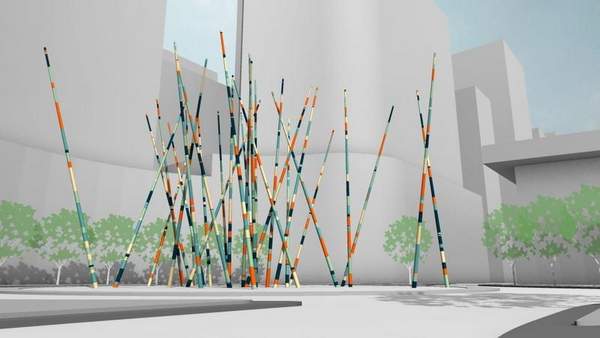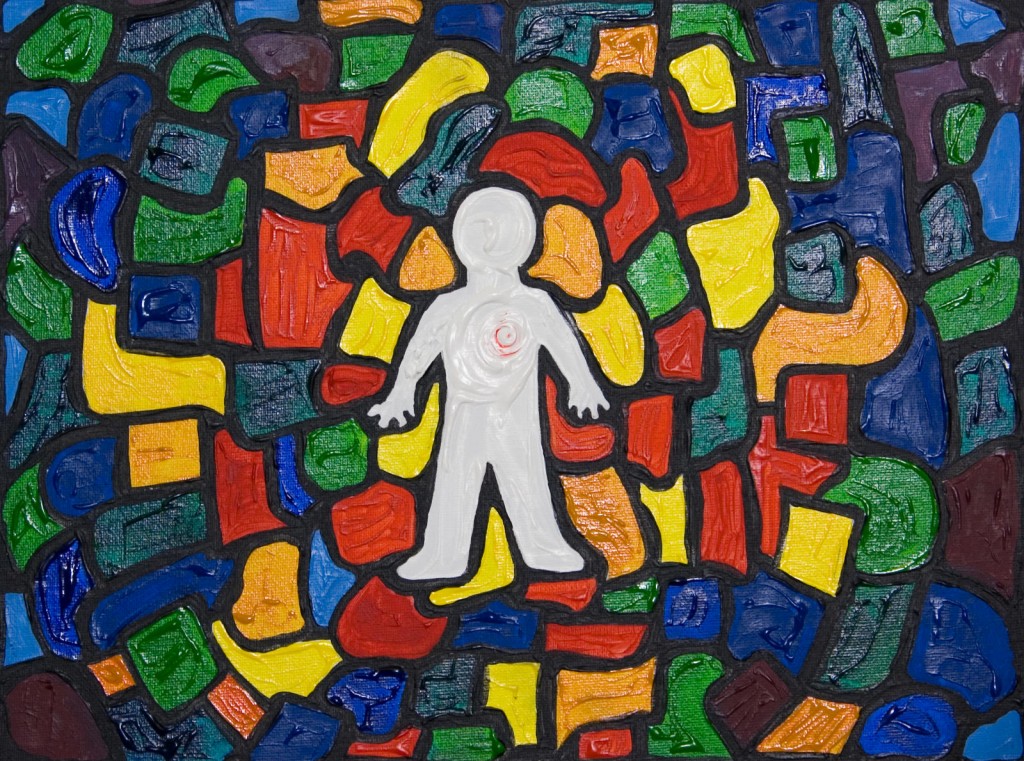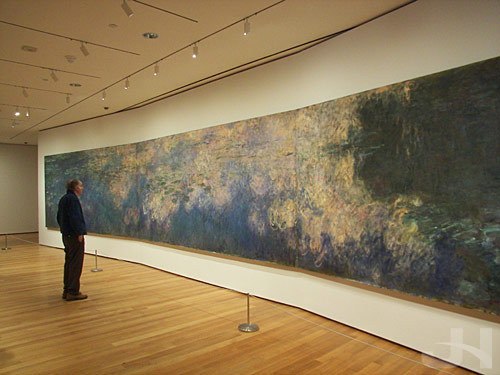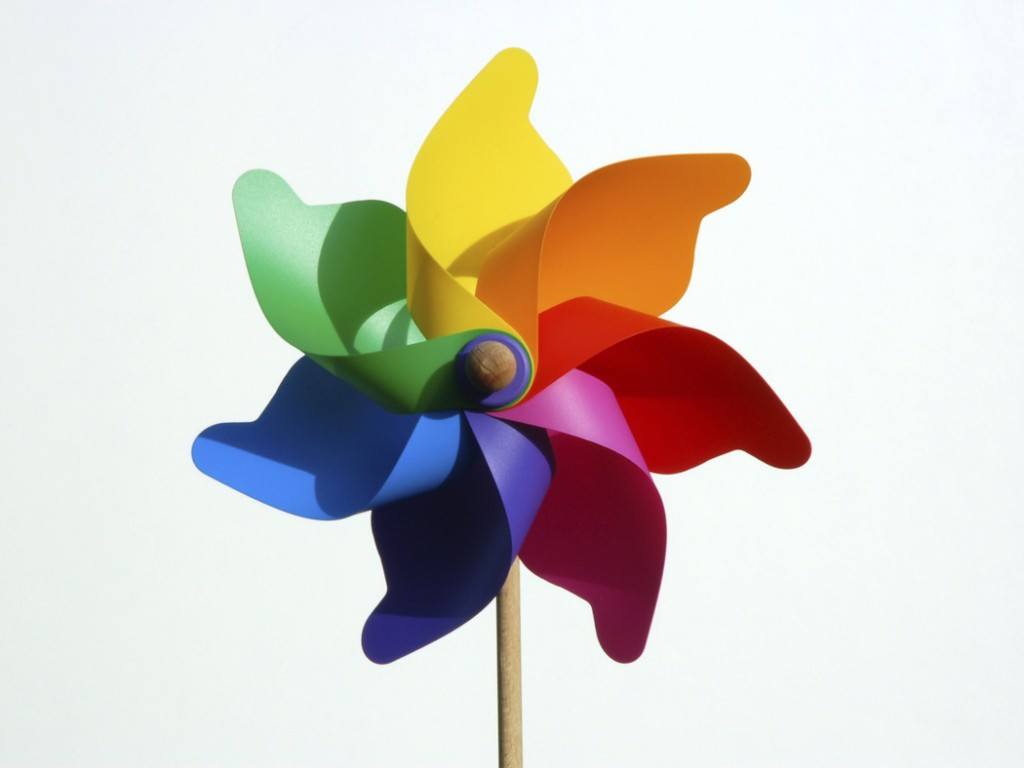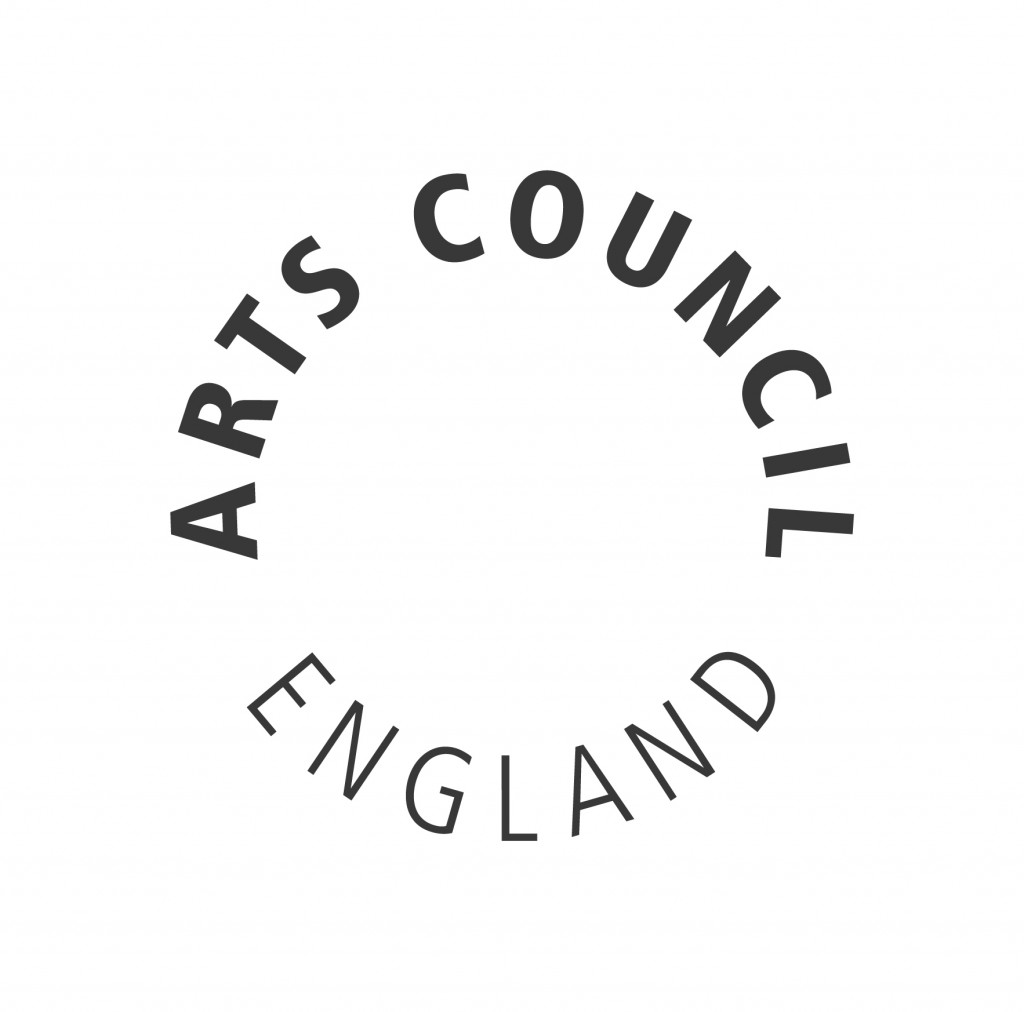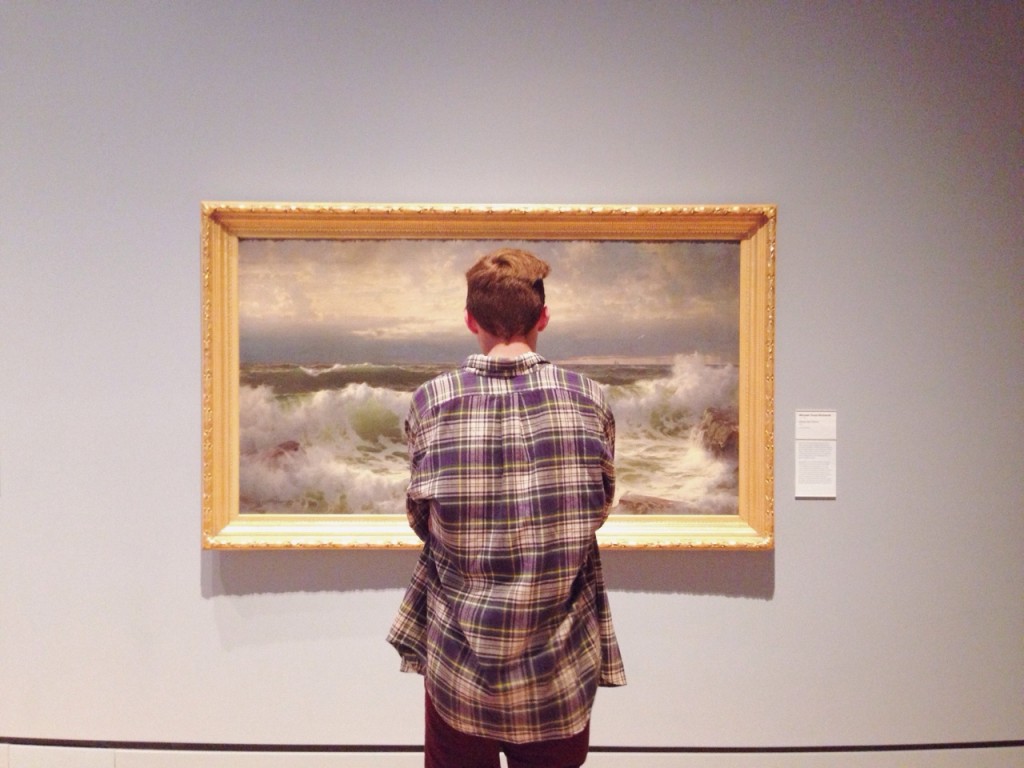
“After analyzing 15 studies that had people looking at art for different reasons, neuroscientist Oshin Vartanian explained in a Q&A that “areas of the brain involved in processing emotion and those that activate our pleasure and reward systems are also being engaged.” Essentially, parts of the brain that are associated with contemplation are automatically sparked when viewing art, even if they aren’t thinking about it critically.”
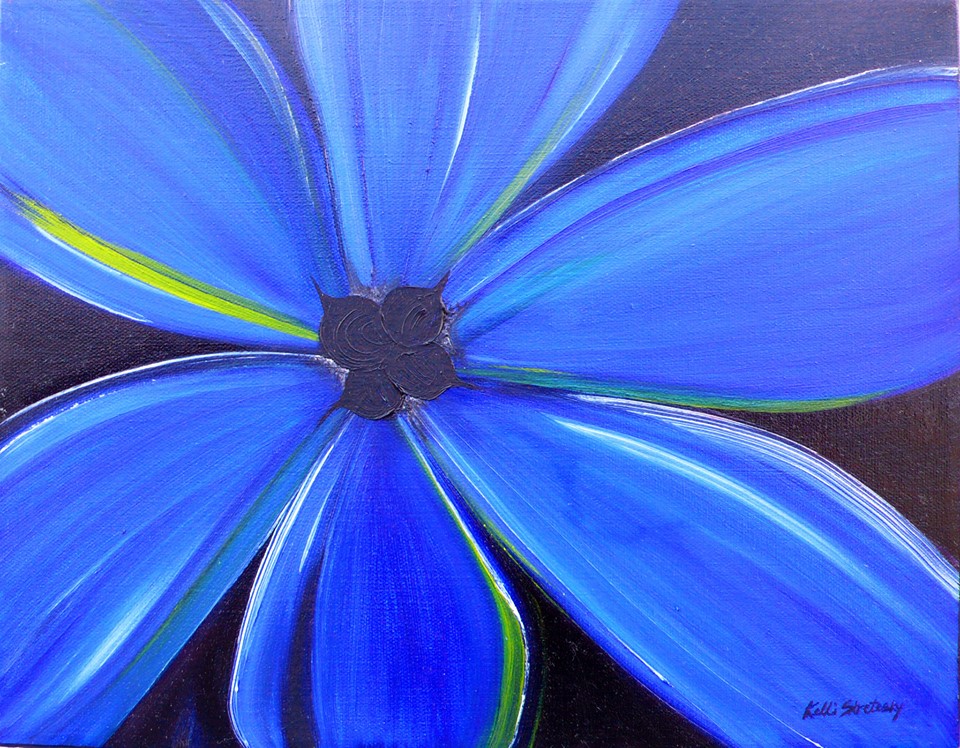
“Patients, especially those anxious about undergoing procedures and tests, respond well to the visual stimulation, finding it reduces their stress. And despite the fact that many hospitals face budget shortfalls, they often can purchase or commission art through funds supported by donations, or those built into budgets for new construction.”
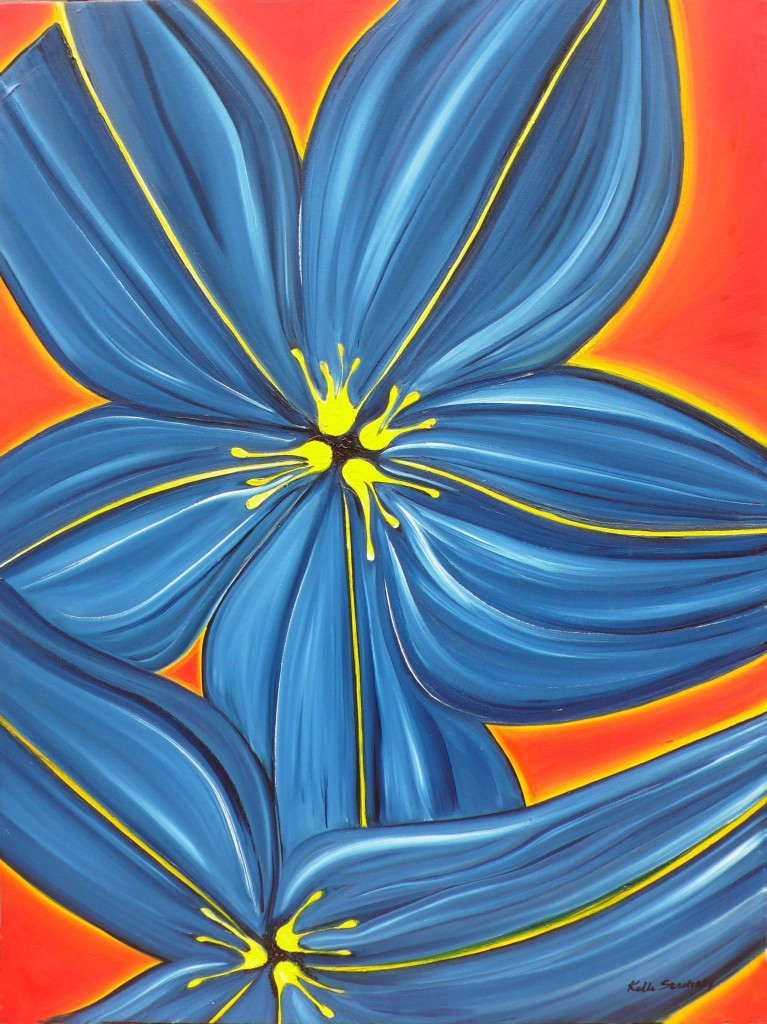
“Nanda, who has a doctorate in architecture with a specialization in health-care systems and design, says scientific studies show that art can aid in the recovery of patients, shorten hospital stays and help manage pain. But she says it has to be the right art — vivid paintings of landscapes, friendly faces and familiar objects can lower blood pressure and heart rate, while abstract pictures can have the opposite effect.”

“In recent years, design for health care environments has begun to include esthetic enhancements in an attempt to reduce stress and anxiety, increase patient satisfaction, and promote health and healing. In this paper, the authors survey the existing research on those elements of the built and natural environment most often asserted by proponents as being inherently healing or promoting health.”
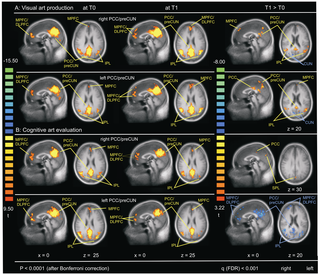
“Recent research on visual art has focused on its psychological and physiological effects, mostly in clinical populations. It has shown that visual art interventions have stabilizing effects on the individual by reducing distress, increasing self-reflection and self-awareness, altering behaviour and thinking patterns, and also by normalizing heart rate, blood pressure, or even cortisol levels.”
